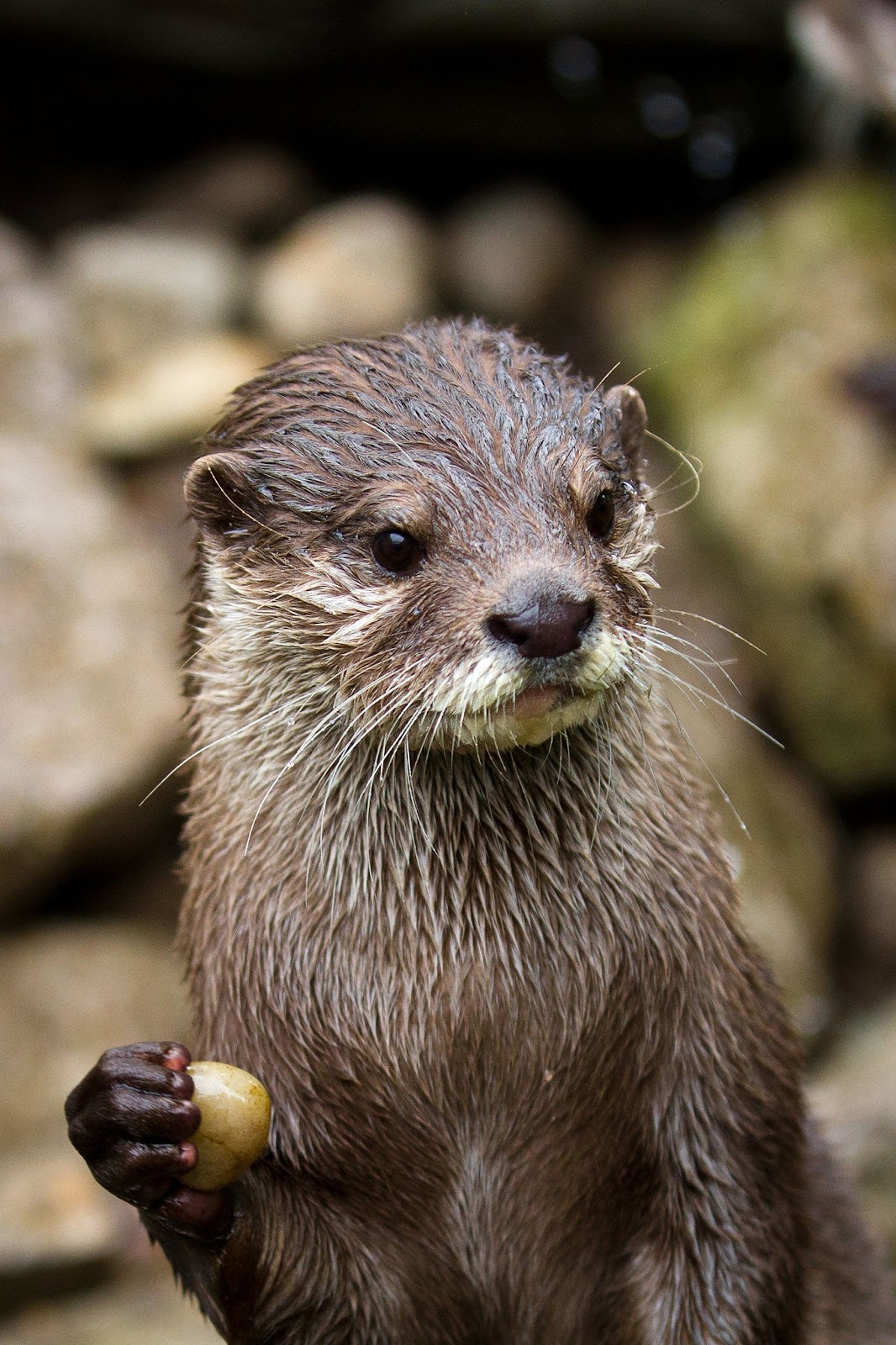Top 10 cute animal in the world
here are ten cute animals that are generally considered adorable by many people:
1.Red Panda
The red panda (scientific name: Ailurus fulgens) is a small mammal native to the eastern Himalayas and southwestern China. It is about the size of a domestic cat, with reddish-brown fur, a long, bushy tail, and a distinctive masked face.
Red pandas are primarily herbivorous, feeding mainly on bamboo leaves, but they will also eat fruit, berries, and small animals such as birds and insects. They are active mainly at night and spend much of their time in trees.
Red pandas are listed as endangered on the IUCN Red List, mainly due to habitat loss and fragmentation, as well as poaching for their fur and medicinal purposes. Conservation efforts are being made to protect their remaining populations and their habitats.
The koala (scientific name: Phascolarctos cinereus) is a small arboreal marsupial native to Australia. It is known for its distinctive appearance, with a round face, large ears, and a stout body covered in thick
3. Pygmy Marmoset
The Pygmy Marmoset (scientific name: Cebuella pygmY) is a small species of New World monkey native to the rainforests of South America. They are known for their tiny size, with adults typically weighing between 85-140 grams and measuring only 12-15 centimeters in length, making them the smallest monkey in the world.
Pygmy Marmosets are active during the day and live in family groups of up to nine individuals, consisting of a breeding pair and their offspring. They are arboreal, spending most of their time in trees, and are excellent climbers, using their sharp claws to grip onto tree trunks and branches. They have a specialized diet, feeding mainly on tree sap, gum, and insects.
Due to their small size and cute appearance, Pygmy Marmosets are sometimes kept as pets, although this is illegal in many countries. Habitat loss and hunting for the pet trade are major threats to their survival in the wild, and they are classified as a species of Least Concern on the IUCN Red List of Threatened Species.
4. Penguin
Penguins are a group of aquatic, flightless birds that are native to the Southern Hemisphere, particularly in Antarctica, as well as other regions such as South Africa, New Zealand, Australia, and the southern parts of South America. They are well-adapted to living in cold environments and are known for their distinctive black-and-white feather coloration, waddling gait, and their unique ability to swim and dive underwater.
There are several different species of penguins, ranging in size from the smallest, the little blue penguin, which stands only about 16 inches tall, to the largest, the emperor penguin, which can grow up to 4 feet tall. Penguins are social animals that typically live in large colonies, with some colonies numbering in the thousands.
Penguins primarily feed on fish and other marine creatures, and they are excellent swimmers, with some species able to dive to depths of over 500 feet. They have a number of adaptations that allow them to survive in their harsh environments, such as a layer of blubber for insulation, waterproof feathers, and specialized feathers that help them streamline their bodies for swimming.
5. Otter
The otter is a semi-aquatic mammal that belongs to the family Mustelidae, which includes weasels, ferrets, badgers, and minks. Otters are known for their playful behavior and are often seen floating on their backs or frolicking in the water.
There are 13 different species of otters, including the North American river otter, the European otter, and the sea otter. Otters have webbed feet and dense, waterproof fur that helps them stay warm in cold water.
Otters are carnivorous and primarily eat fish, but they also consume crustaceans, mollusks, and small mammals. They are found in freshwater and saltwater environments throughout the world, and some species are endangered due to habitat loss and overhunting.
6. Hedgehog
The hedgehog is a small mammal known for its spiny exterior. There are several species of hedgehogs, but the most commonly known is the European hedgehog. Hedgehogs are native to Europe, Asia, and Africa, and have been introduced to other parts of the world as pets.
Hedgehogs have a round body covered in spines or quills, which are modified hairs made of keratin. They use these spines for defense against predators by rolling up into a ball, leaving only their spines exposed. Hedgehogs have small eyes and poor eyesight, but they have a keen sense of hearing and smell.
Hedgehogs are omnivores and feed on a variety of foods including insects, worms, slugs, snails, small mammals, fruits, and vegetables. They are mostly active at night and spend their days sleeping in a nest made of leaves and other materials.
Hedgehogs are popular pets in some countries, but it is important to note that they require specific care and should only be kept by experienced owners. In the wild, hedgehogs are facing threats such as habitat loss and fragmentation, road mortality, and pesticide exposure, leading to population declines in some areas.
7.Sloth
Sloths are a group of slow-moving, tree-dwelling mammals that are native to Central and South America. There are two main types of sloths: two-toed sloths and three-toed sloths. Sloths are known for their slow movements, as they spend most of their time hanging upside down in trees, sleeping or resting. They move so slowly that algae can grow on their fur, providing them with a natural camouflage.
Sloths are herbivorous and primarily eat leaves, buds, and tender shoots from trees. Their diet is very low in nutrients, so they have a slow metabolic rate and move very little. Sloths have a four-chambered stomach, which allows them to digest their food slowly over a long period of time.
Sloths have long, curved claws that they use to hang from tree branches and to climb. They also have a unique adaptation that allows them to grip branches tightly without using much muscle effort. This adaptation involves a series of tendons and muscles in their forearms that allow them to maintain their grip without using much energy.
8. Panda
Panda is a black and white bear native to China. It is a unique and iconic animal that is known for its distinctive coloration, large size, and peaceful nature. Pandas are primarily herbivores and their diet consists mainly of bamboo, although they also eat other plants, fruits, and occasionally small rodents.
The scientific name of the giant panda is Ailuropoda melanoleuca. They are classified as a vulnerable species, with an estimated population of around 1,800 individuals remaining in the wild. Pandas are protected by law in China and are also a symbol of peace and friendship.
Pandas have a number of unique physical characteristics that make them well adapted to their environment. For example, they have an enlarged wrist bone that acts like a thumb and allows them to grasp bamboo stalks with precision. They also have a thick layer of fur that keeps them warm in the cold, high-altitude forests where they live.
Due to their popularity and cultural significance, pandas are also a major attraction in zoos around the world. Many zoos participate in panda breeding programs in an effort to help preserve this endangered species
9. Baby Elephant
A baby elephant, also known as a calf, is the offspring of an adult elephant. Baby elephants are extremely cute and are often a favorite among visitors at zoos and wildlife parks.
At birth, baby elephants weigh around 120 kilograms (265 pounds) and stand about 91 centimeters (3 feet) tall. They are born with fuzzy, brownish-red hair, which gradually falls off as they age. Baby elephants are highly dependent on their mothers for survival and may nurse for up to two years. They also learn important skills from their mothers, such as how to use their trunks to drink, eat, and communicate with other elephants.
As they grow, baby elephants become more independent and start to explore their environment. They love to play and can often be seen chasing each other around or splashing in water. Baby elephants are very social and typically stay close to their family groups, which are led by the oldest and most experienced female, known as the matriarch.
Unfortunately, baby elephants are also at risk from poaching and habitat loss, as well as from conflicts with humans in areas where their habitat overlaps with agriculture or development. Conservation efforts are underway to protect these magnificent creatures and ensure their survival for generations to come .
10. Meerkat
Please note that this is Meerkats are small, social mammals that belong to the mongoose family. They are native to parts of southern Africa, including the Kalahari Desert. Meerkats are well known for their distinctive appearance, which includes a pointed snout, dark patches around the eyes, and long, slender tails.
Meerkats are highly social animals, living in groups called mobs or gangs, which can consist of anywhere from a few individuals to as many as 50. Within these groups, there is a complex social hierarchy, with dominant individuals having priority access to food and other resources. Meerkats are also known for their cooperative behavior, working together to forage for food and protect the group from predators.
Meerkats are primarily insectivores, feeding on a variety of insects, spiders, and other small invertebrates. They are also known to eat small vertebrates, such as lizards and snakes, as well as fruit and seeds.
Meerkats are popular animals in zoos and are often featured in wildlife documentaries. They have also become popular in popular culture, with their antics and social behavior featured in TV shows and movies.ot an exhaustive list, and there are many more cute animals in the world.













Comments
Post a Comment